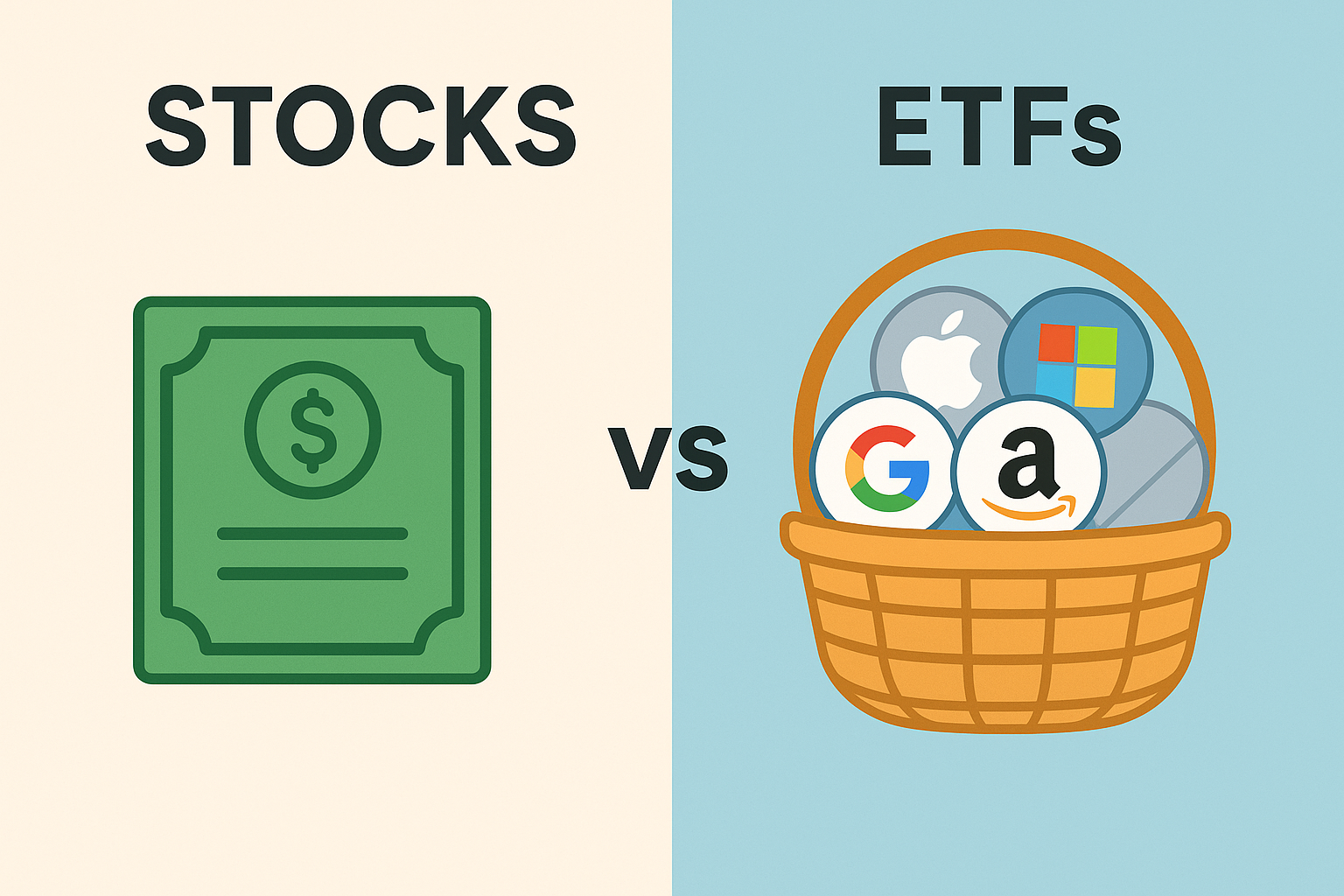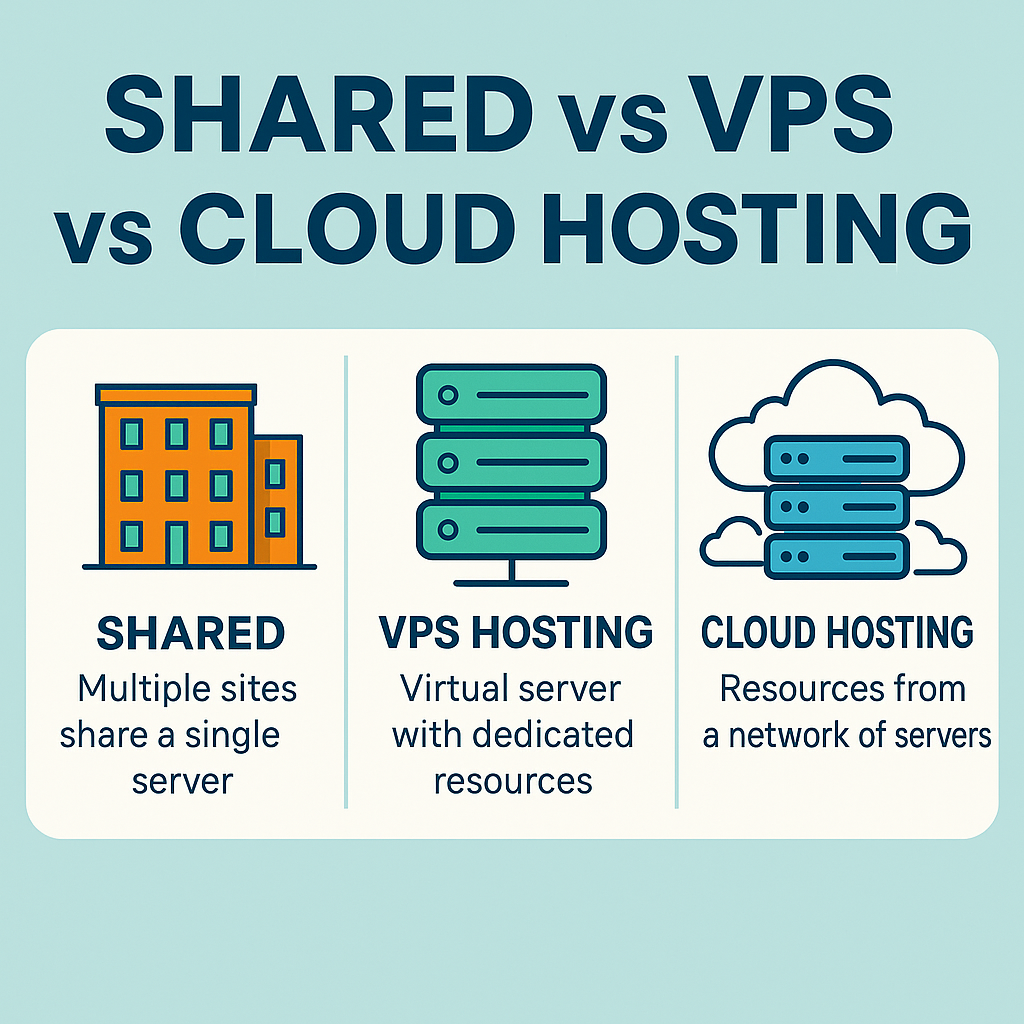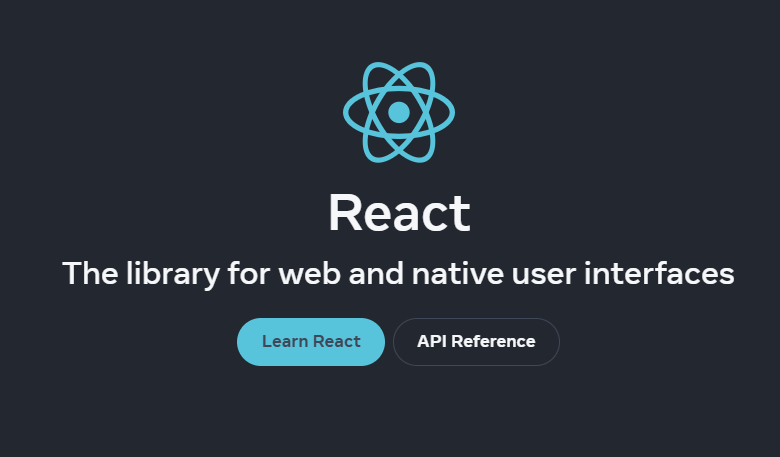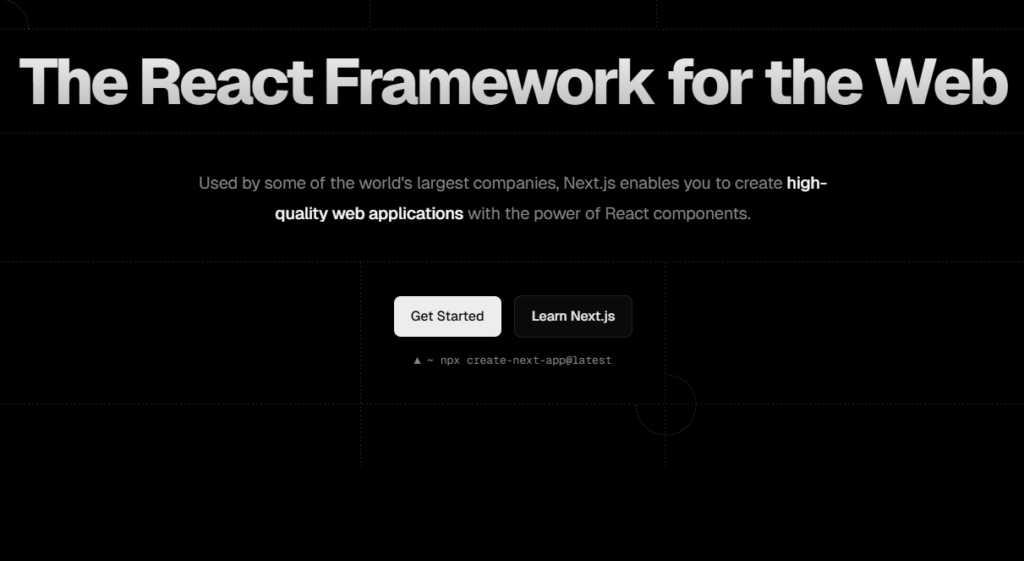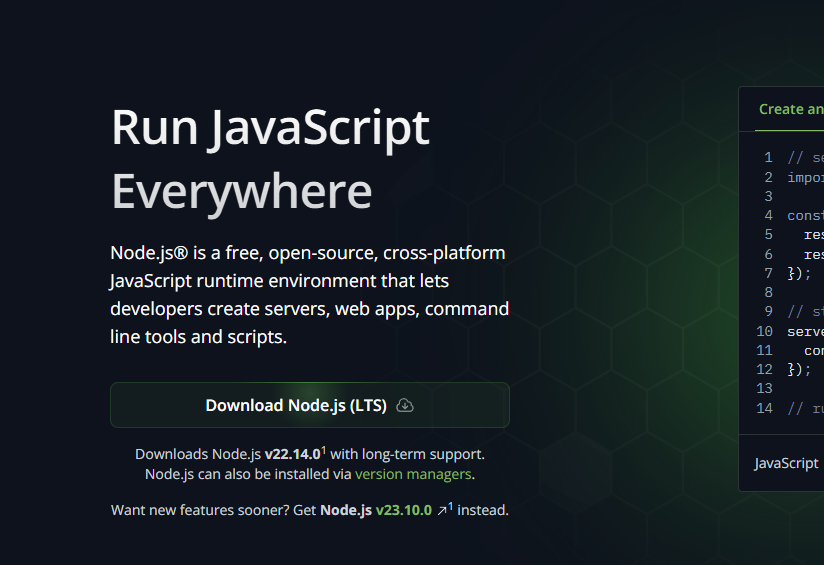Next.js vs React vs Node.js: Choosing the Right Tech for Your Web App

Introduction
When developing modern web applications, choosing the right technology stack is crucial. Three commonly used technologies for web app are Next.js, React, and Node.js. While they are often used together, they serve different purposes. This article explores their differences, advantages, and when to use each.
Overview of Next.js, React, and Node.js
React
React is a JavaScript library developed by Facebook for building user interfaces. It allows developers to create reusable UI components and manage the state of applications efficiently.
Key Features:
- Component-based architecture
- Virtual DOM for efficient rendering
- One-way data binding
- Strong ecosystem with React Hooks and Context API
- Supports client-side rendering (CSR)
When to Use React:
- When building single-page applications (SPA) with dynamic UI updates.
- When creating a component-based UI that can be reused across projects.
- When performance optimization via Virtual DOM is needed.
Next.js
Next.js is a React framework that extends React’s capabilities by providing features like server-side rendering (SSR), static site generation (SSG), and API routes.
Key Features:
- Server-side rendering (SSR) for better SEO and performance
- Static site generation (SSG) for pre-rendered content
- Hybrid rendering (combination of SSR and SSG)
- Built-in API routes
- Automatic code splitting and image optimization
- Supports incremental static regeneration (ISR)
When to Use Next.js:
- When SEO is critical (e.g., blogs, e-commerce sites, marketing websites).
- When performance improvements are needed through SSR or SSG.
- When building applications with both static and dynamic content.
- When integrating with backend APIs using built-in API routes.
Node.js
Node.js is a runtime environment that allows developers to run JavaScript on the server. It is built on Chrome’s V8 engine and is widely used for backend development.
Key Features:
- Asynchronous, event-driven architecture
- Uses non-blocking I/O operations for high performance
- Supports building scalable network applications
- Large ecosystem with npm packages
- Works well with frameworks like Express.js
When to Use Node.js:
- When building backend services or APIs for web and mobile applications.
- When developing real-time applications like chat apps or streaming services.
- When using JavaScript for both frontend and backend (full-stack development).
- When handling multiple concurrent connections efficiently.
Comparison Table
| Feature | React | Next.js | Node.js |
|---|---|---|---|
| Type | Library | Framework | Runtime Environment |
| Rendering | Client-side (CSR) | CSR, SSR, SSG, ISR | N/A |
| SEO Optimization | Limited | Excellent (SSR/SSG) | N/A |
| Backend Capabilities | None | Built-in API routes | Full backend support |
| Performance | Good | Excellent | Excellent (non-blocking) |
| Use Cases | SPAs, dynamic UIs | SEO-friendly sites, hybrid apps | REST APIs, real-time apps |
Conclusion
Each of these technologies serves a unique purpose as a web app:
- React is best for building interactive UIs and SPAs.
- Next.js is ideal when SEO and performance optimizations are required through SSR and SSG.
- Node.js is used to build backend services and real-time applications.
By understanding their strengths, developers can choose the right tool for their projects, whether they need an interactive frontend, a full-stack solution, or a high-performance backend.
Read more🌐 about latest Tech updates on out Technology Category Section
